Conquer Every Storm: Waterproof Gear for Mountain Hiking
Today’s chosen theme: Waterproof Gear for Mountain Hiking. Step onto cloud-brushed ridgelines dry, warm, and confident as we unpack how smart waterproof choices transform gnarly weather into epic memories. Subscribe and share your storm-tested wisdom to help our trail community stay safe and inspired.
The Science of Staying Dry in the Mountains
Hydrostatic Head, Explained
Hydrostatic head measures how much water pressure a fabric can resist, often listed in millimeters like 10,000 mm or 20,000 mm. In the mountains, shoulder straps and kneeling increase pressure, so choosing higher ratings and robust construction matters more than numbers alone.
DWR, Laminates, and Breathability
Durable Water Repellent (often PFC-free now) helps rain bead and roll off, while membranes like ePTFE or PU block liquid water yet pass vapor. In real storms, breathability plus vents like pit zips reduce internal condensation, keeping you drier from the inside out.
Critical Points: Seams, Zippers, Hood
Seam tape integrity, water-resistant zippers, and a well-shaped hood decide whether you drip or grin. Look for stiffened brims, halo adjustments, and zipper garages that prevent creeping leaks. Small details deliver big comfort when sideways rain turns trails into streams.
Layering That Loves Rain
Merino and technical synthetics retain warmth and wick moisture even when humidity spikes. Avoid cotton, which hoards water and chills. Choose snug but comfortable fits, and rotate a dry camp top to keep morale high when storms linger overnight.
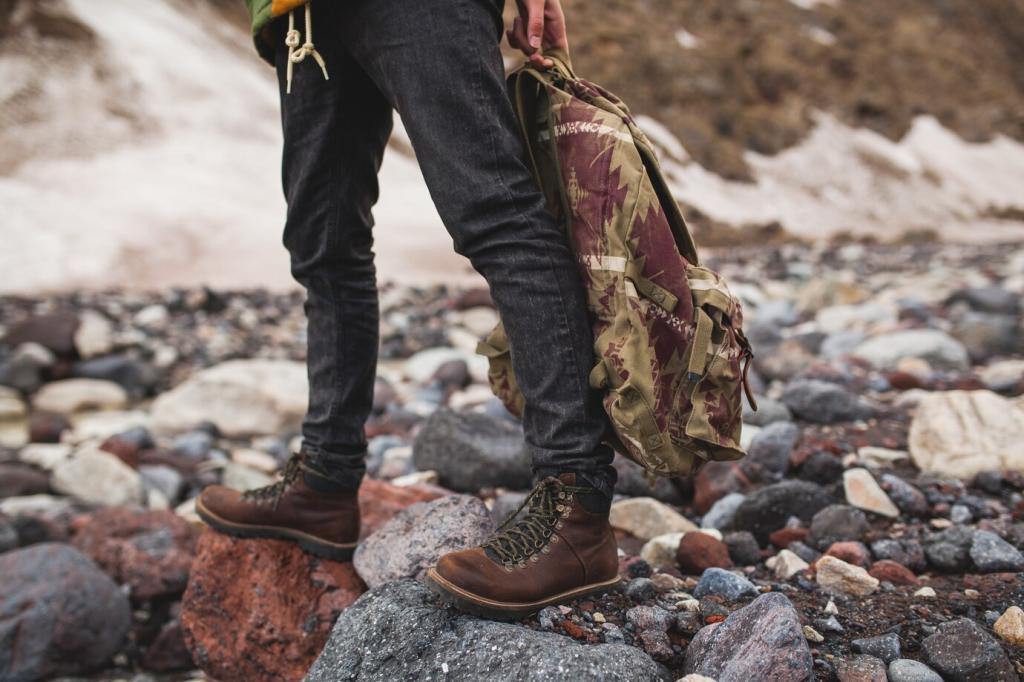
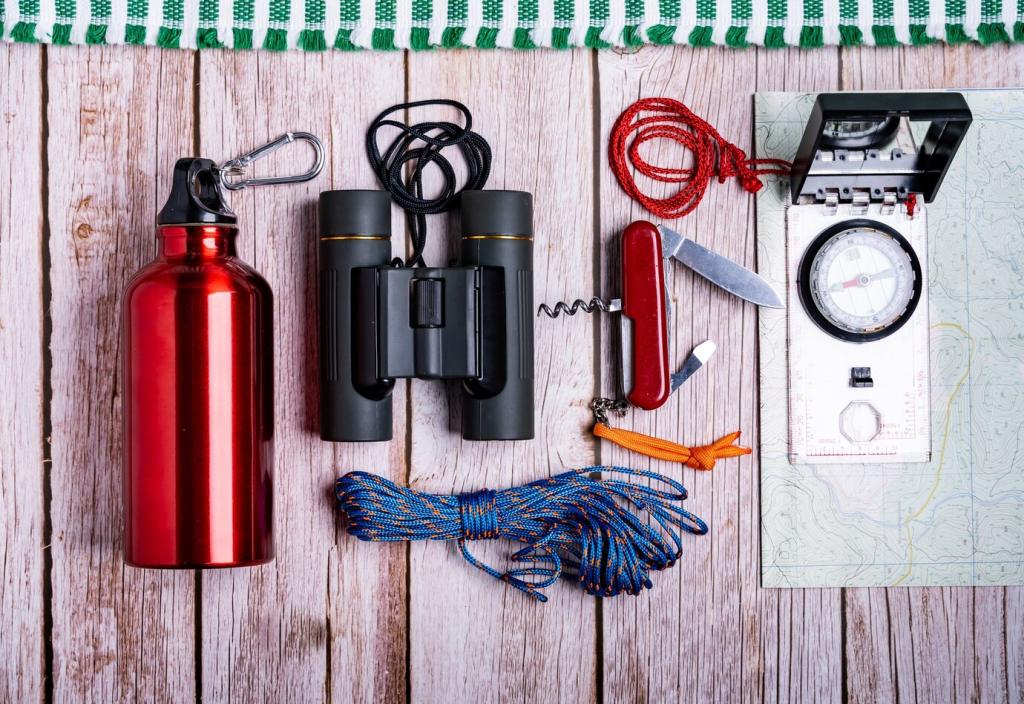
Layering That Loves Rain
Gridded fleece and active insulation breathe under a shell, balancing warmth during climbs and rests. Puffy down excels in cold, dry air, but in protracted rain, synthetic fills resist collapse. Keep midlayers quick-drying and easy to vent on steep, slick ascents.
Waterproof Footing: Boots, Gaiters, and Socks
Waterproof membranes block liquid water but rely on care to breathe well. Full-grain leather, regularly waxed, sheds rain admirably and ages beautifully. Consider terrain and trip length: stiffer soles and solid rands excel on rubble and wet granite.
Waterproof Footing: Boots, Gaiters, and Socks
High-cut gaiters seal the boot–pant interface, keeping out splash, scree, and cold drizzle. Route pant cuffs over gaiters in downpours, and adjust straps snug but not crushing. A simple cuff tweak can prevent a puddle creeping into your socks.
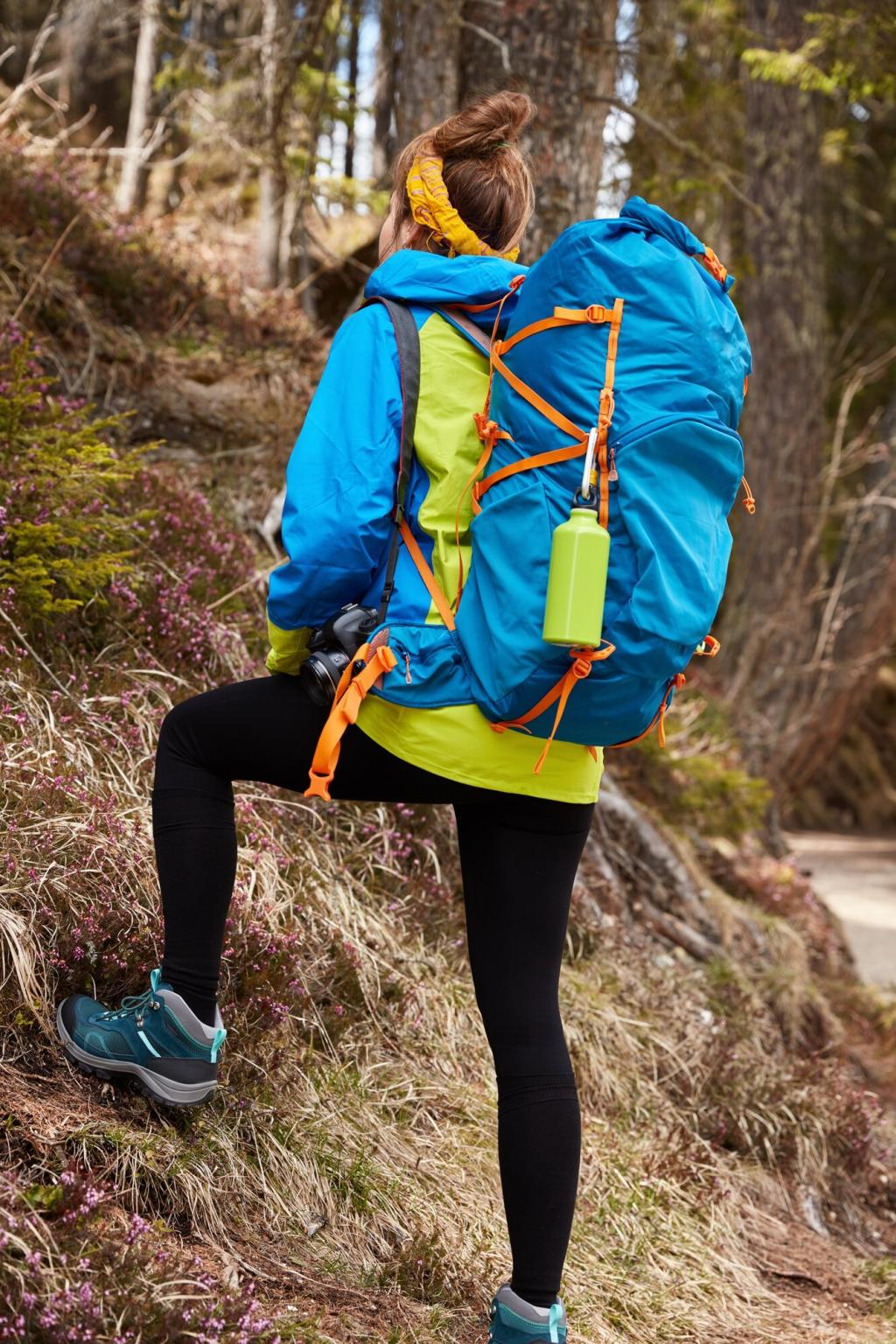
Dry Packs and Shelter in Endless Rain
A heavy-duty trash compactor bag or roll-top liner offers whole-pack protection, while nested dry bags guard your sleeping bag and warm layers. Double-bag critical items and squeeze air carefully to keep volume tight without stressing seams.

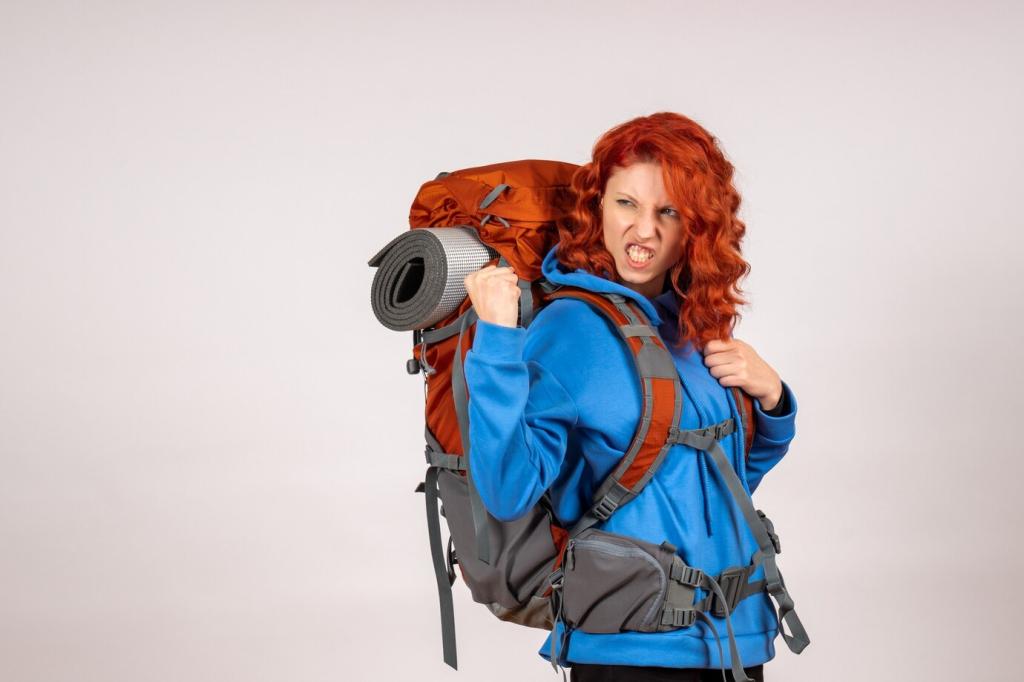
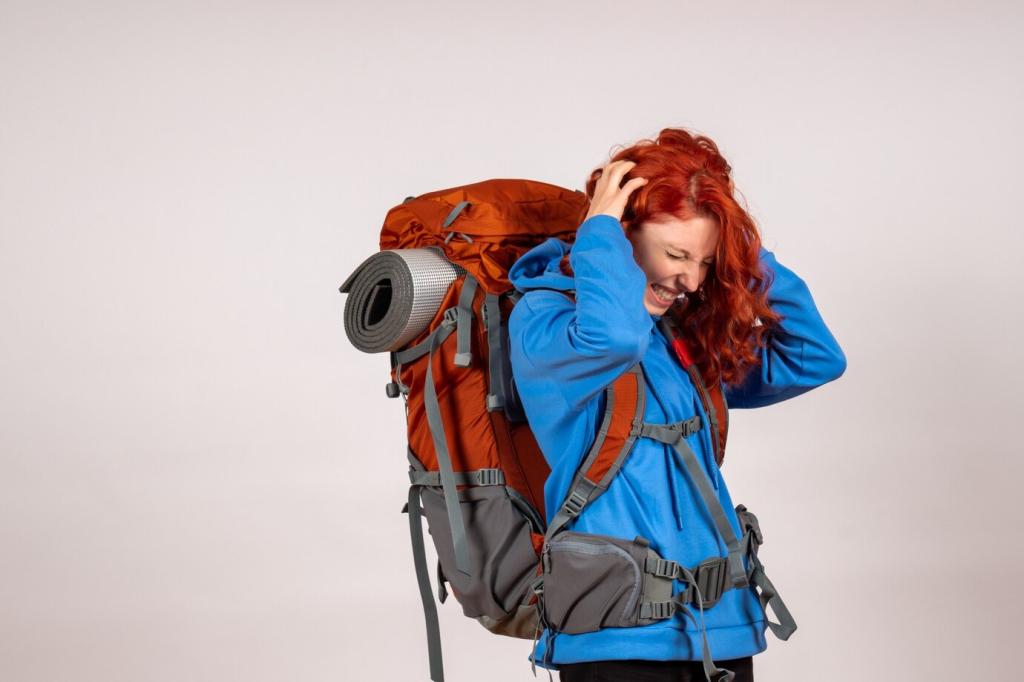

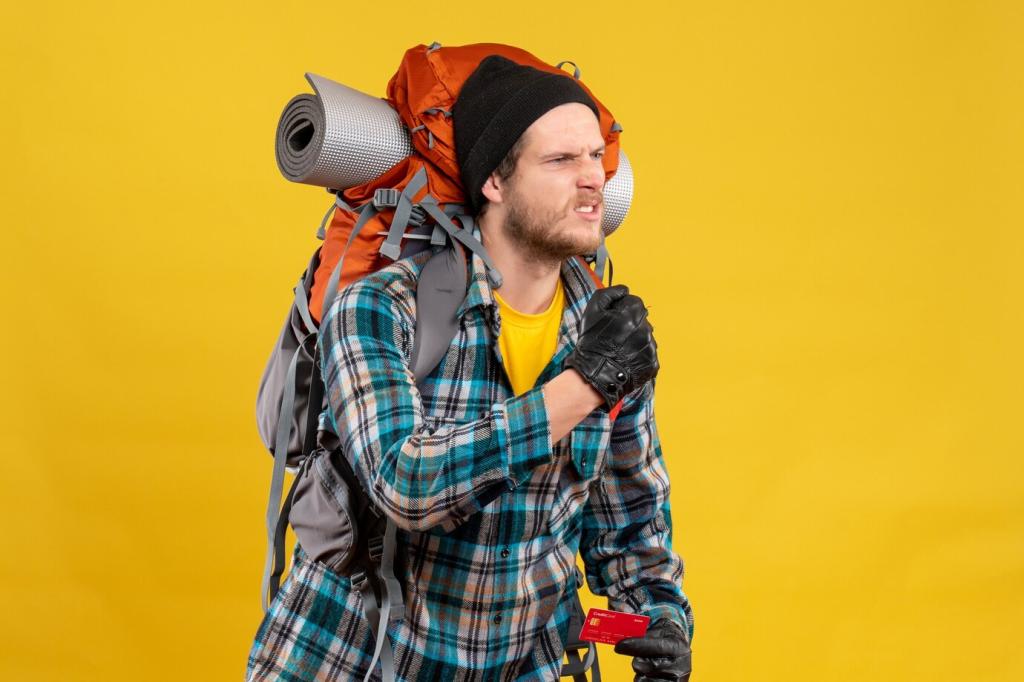
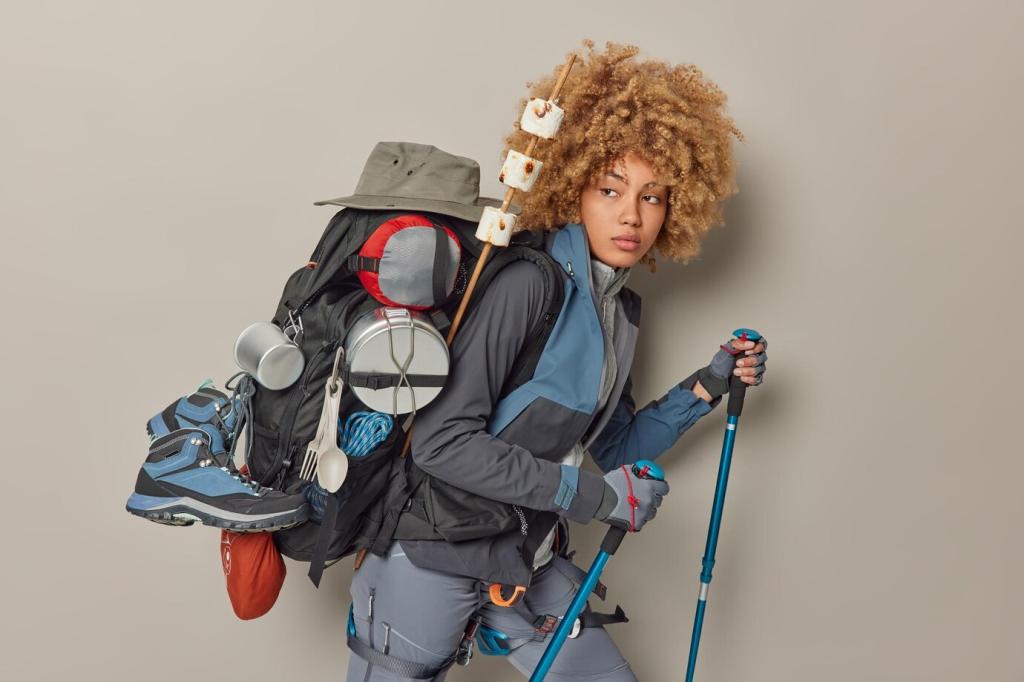
Stories from the Storm: Lessons on Waterproof Gear
Caught on a narrow ridge, wind-driven rain soaked my base layer—until I opened pit zips and slowed to vent heat. The shell stopped wetting out, and a spare beanie turned shivers into smiles within minutes.
Stories from the Storm: Lessons on Waterproof Gear
In Scotland, we unbuckled hip belts, loosened laces, and used poles to ford a swollen burn. Gaiters sealed the tops, wool socks warmed instantly, and dry liners at camp felt like a hug from the hearth.
Stay slightly cool while moving, warm at rests, and ruthlessly protect dry layers for camp. Eat early, sip often, and vent proactively. A steady, mindful rhythm prevents sweat chill and preserves the precious heat your body works to create.

